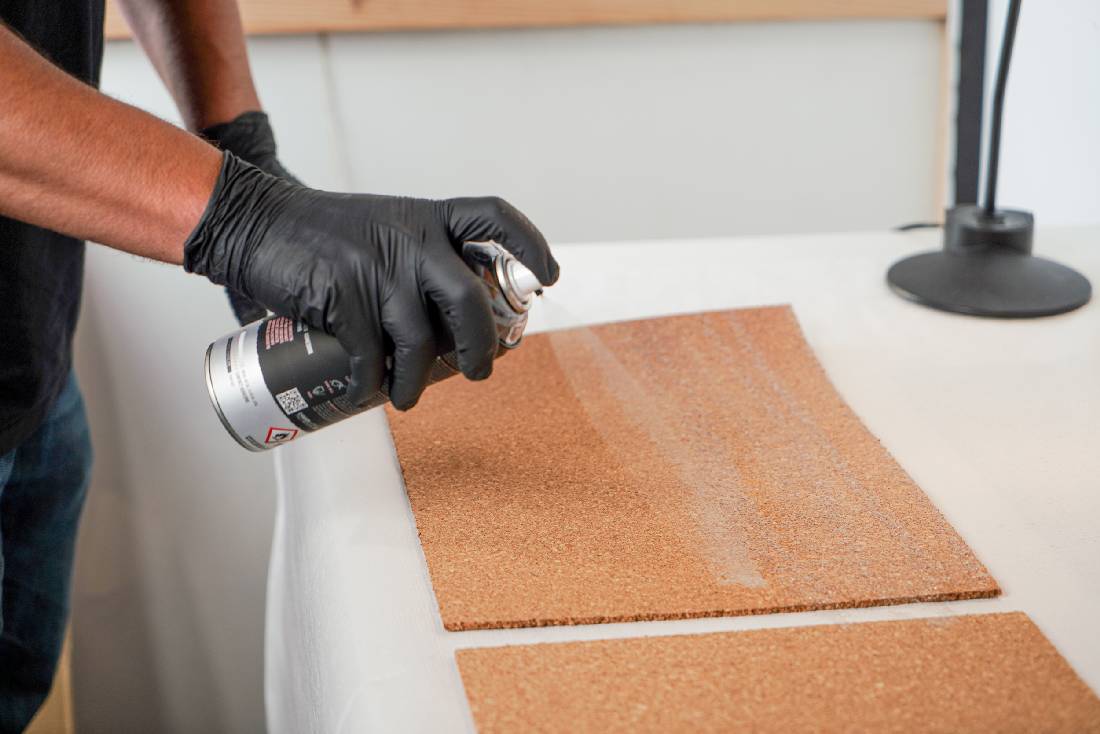Spray adhesives are powerful tools in crafting, home improvement and repair projects. However, it is important to know the different types of spray adhesives and when each should be used for optimal results.
Understanding the differences between permanent, repositionable and other types of spray adhesive will help you choose the right product for your project needs.
1. Introduction to Spray Adhesives
Spray adhesives are an incredibly versatile and useful tool for many types of projects. Spray adhesives come in a variety of different forms ranging from permanent to repositionable.
Permanent Spray Adhesive is used when you need the bond to be extra strong, while repositionable spray adhesive allows you to make quick changes or move objects around without leaving any residue behind. Understanding the differences between these two types can help you choose the best product for your project.
2. Types of Spray Adhesives: Permanent vs Repositionable

When it comes to spray adhesives, there are two main types: permanent and repositionable. Permanent spray adhesive is a strong-bonding adhesive that is often used for projects that require long-term bonding. It provides an instant bond between surfaces and can be difficult to remove once applied.
Repositionable spray adhesive allows you to temporarily secure surfaces together while allowing the possibility of separation if needed. The bond created by repositionable adhesives is not as strong as with permanent glue but provides enough hold to keep things in place until they need to be moved or adjusted at a later time.
Understanding the differences between these two types of spray adhesives will help ensure you choose the right product for your project needs.
3. Factors to Consider When Choosing a Spray Adhesive
When it comes to choosing a spray adhesive, there are several factors that need to be taken into consideration. Understanding the different types of spray adhesives is essential in selecting the right one for the job. Permanent and repositionable adhesives are two common varieties, with each having distinct advantages and disadvantages depending on what they will be used for.
The substrate being glued should also determine which type of adhesive you choose, as some materials may react differently when exposed to certain kinds of spray adhesives. Other important factors include temperature range compatibility, fumes or odors produced from use, and curing time needed before full strength is achieved.
Taking all these elements into account helps ensure that you select the best glue for any project at hand.
4. Benefits of Using a Spray Adhesive

Spray adhesives are a popular choice of adhesive for many different types of applications, ranging from crafting to industrial use. Understanding the different types of spray adhesives and their respective benefits is important when selecting an appropriate product for your project.
Permanent spray adhesives provide a strong bond that will last through multiple uses, while repositionable spray adhesives offer more flexibility and allow you to move materials around until you find the perfect fit. Other benefits include quick drying times, even coverage, and easy clean up with water or solvents.
Additionally, some specialty formulas can be used on challenging surfaces like plastic or rubber. With so many advantages offered by spray adhesive it’s no wonder why they are such a popular choice!
Conclusion
The Conclusion of the article on Understanding the Different Types of Spray Adhesives provides a helpful summary of all the different types and uses for spray adhesives. It is important to understand when to use each type, as they can be used in a variety of applications.
Permanent and repositionable adhesives are both useful, but depending on your project needs one may be better than the other. Additionally, solvent-based products provide strong bonds but should only be used with adequately ventilated spaces due to their flammability.
Lastly, water-based options are often more environmentally friendly and offer less risk overall while being just as effective at sticking two materials together. By understanding these differences you can make an informed decision when deciding what type of adhesive is best for your project!

